Staying abreast of the intricate nuances and stringent regulations governing pharmaceutical marketing is imperative. With advancements in technology and changes in consumer behaviour, the strategies employed in disseminating medical information require constant adaptation. Whether it’s navigating the intricate web of compliance standards or leveraging emerging platforms for targeted outreach, pharmaceutical companies must remain vigilant to ensure that their messaging aligns with regulatory frameworks while effectively reaching their intended audience. Failure to do so not only risk legal repercussions but also undermines public trust in the integrity of medical information.
US vs UK in Pharmaceutical Marketing
Despite sharing a common language and numerous cultural similarities, the United States (US) and the United Kingdom (UK) diverge significantly in their approach to medical advertising. In the US, pharmaceutical marketing is subject to rigorous oversight by the Food and Drug Administration (FDA), with strict regulations governing the promotion of prescription drugs and medical devices. Direct-to-consumer advertising, for instance, is a common practice in the US., allowing pharmaceutical companies to reach consumers through various channels such as television, print media, and online platforms. Contrastingly, in the UK, regulations set forth by entities like the Medicines and Healthcare products Regulatory Agency (MHRA) impose more stringent limitations on direct-to-consumer advertising, prioritising healthcare professional-directed promotions. This variance reflects differing cultural attitudes towards healthcare and advertising, as well as variations in the perceived role of government oversight in protecting public health and ensuring the integrity of medical information.
The contrast in regulatory frameworks governing the marketing of prescription medications to the public illuminates’ significant disparities between the approaches taken in the US and those in the UK and Europe. At the heart of this distinction is the permissibility of direct-to-consumer advertising by pharmaceutical companies, a hallmark of the American healthcare sector. In the US, drug manufacturers actively utilise various media channels to disseminate information about prescription medications directly to consumers. Television commercials, magazine advertisements, and online campaigns are commonplace, presenting detailed information about the benefits and potential side effects of specific drugs. This direct engagement with consumers shapes public perceptions of healthcare and empowers individuals to initiate conversations with their healthcare providers about potential treatment options.
Regulatory in the UK
Conversely, in the UK and Europe, stringent regulations set forth by regulatory bodies like the MHRA and the European Medicines Agency (EMA) prohibit the direct marketing of prescription-only treatments to consumers. Such regulations reflect a fundamentally different approach to healthcare communication, emphasising the importance of healthcare professionals as intermediaries in the decision-making process regarding medical treatments. Consequently, while Americans are accustomed to encountering medication commercials as part of their daily media consumption, individuals in the UK and Europe are shielded from such direct advertising tactics, fostering a distinct cultural and informational area surrounding pharmaceutical products and healthcare services.
The regulatory field governing the advertising of medicinal products in the UK is characterised by meticulous oversight and adherence to legislation and codes of practice derived from European Union regulations. Central to this regulatory framework is the role of the MHRA, which serves as the authoritative body responsible for monitoring and enforcing compliance with established guidelines. Operating within the confines of Part 14 of the Human Medicines Regulations 2012/1916, the MHRA meticulously scrutinises promotional materials aimed at healthcare professionals to ensure adherence to stringent requirements. These regulations encompass various aspects of pharmaceutical marketing, including the accuracy of product claims, the presentation of risk information, and the ethical considerations surrounding promotional activities.
Transparency and Accountability in Pharmaceutical Advertising
Furthermore, the regulatory sector in the UK emphasises transparency and accountability in pharmaceutical advertising, aiming to safeguard public health and uphold the integrity of medical information. Advertisers are required to provide comprehensive and balanced information about medicinal products, enabling healthcare professionals to make informed decisions regarding patient care. Moreover, the MHRA actively monitors promotional activities, conducting regular reviews and investigations to identify and address any breaches of regulatory requirements. By upholding robust regulatory standards, the UK endeavours to maintain public trust in the pharmaceutical industry while ensuring that promotional efforts align with the highest standards of professionalism and ethical conduct.
The ABPI Code of Practice
Beyond governmental oversight, the pharmaceutical industry in the UK largely relies on self-regulatory mechanisms outlined by industry codes of practice to ensure ethical conduct and compliance with advertising standards. A prominent example is the Association of the British Pharmaceutical Industry (ABPI) Code of Practice, which serves as a cornerstone for regulating the advertising of prescription-only medicines. Administered by the Prescription Medicines Code of Practice Authority (PMCPA), the ABPI Code sets forth comprehensive guidelines that govern the behaviour of member companies and non-members who voluntarily commit to its provisions. Updated as recently as January 2021, the ABPI Code reflects evolving industry standards and best practices, encompassing various aspects of pharmaceutical marketing and promotional activities.
Under the ABPI Code, pharmaceutical companies are held accountable for maintaining high standards of integrity, transparency, and accuracy in their promotional efforts. The code outlines specific requirements regarding the content, format, and dissemination of promotional materials, emphasising the importance of providing balanced and factual information to healthcare professionals and the public. Additionally, the PMCPA actively monitors compliance with the ABPI Code, investigating complaints and imposing sanctions on companies found to have violated its provisions. By adhering to self-regulatory mechanisms such as the ABPI Code, pharmaceutical companies in the UK demonstrate their commitment to responsible marketing practices and contribute to maintaining public trust in the integrity of the healthcare industry.
Collaborative Efforts for Advertising Integrity
Furthermore, beyond the specific regulations for pharmaceutical products, general legislation such as the Trade Descriptions Act 1968 and consumer protection laws play a pivotal role in ensuring fair and transparent advertising practices within the pharmaceutical industry. These broader legal frameworks aim to safeguard consumers from misleading or deceptive advertising practices, regardless of the nature of the advertised products or services. Under the Trade Descriptions Act 1968, for instance, businesses are prohibited from making false or misleading claims about the quality, composition, or characteristics of their products, including pharmaceuticals.
In alignment with these overarching legislative principles, the MHRA collaborates closely with entities such as the Advertising Standards Authority (ASA) and the Committee of Advertising Practice (CAP) to uphold high standards of advertising integrity across all mediums. Through this collaborative effort, regulatory bodies ensure that advertising materials, including those for pharmaceutical products, are truthful, accurate, and compliant with relevant regulations and industry codes of practice. By leveraging the expertise and oversight mechanisms of these organisations, the MHRA reinforces its commitment to protecting consumers from deceptive advertising practices while fostering a marketplace where transparency and fairness prevail.
Collaboration in Shaping Future Regulations
The UK’s departure from the European Union heralds a period of anticipated change in the regulatory field, particularly concerning pharmaceuticals. The enactment of the Medicines and Medical Devices Act 2021 has granted authorities newfound flexibility to modify or enhance existing regulatory frameworks, paving the way for potential deviations from EU standards in the future. These developments signal a pivotal juncture for the pharmaceutical industry, necessitating adaptability and foresight as regulatory dynamics evolve.
As stakeholders navigate this shifting terrain, ongoing collaboration between regulatory bodies and pharmaceutical entities will be paramount to uphold the principles of integrity and transparency in medical communications. By fostering open dialogue and cooperation, regulatory authorities can ensure that any modifications to regulatory frameworks are informed by industry insights and uphold the highest standards of patient safety and public health. Moreover, proactive engagement with pharmaceutical stakeholders will enable swift adaptation to changing regulatory requirements, facilitating a seamless transition while safeguarding the interests of both consumers and industry participants. In this dynamic area, continued collaboration and dialogue will be instrumental in shaping a regulatory framework that balances innovation with robust oversight, ensuring the integrity and efficacy of medical communications in the years to come.
Conclusion
The pharmaceutical marketing is shaped by intricate regulatory frameworks and evolving consumer behaviours. The comparison between the US and the UK highlights significant disparities in approaches to medical advertising, reflecting cultural attitudes and governmental oversight. While the US embraces direct-to-consumer advertising, the UK prioritises healthcare professional-directed promotions, emphasising transparency and accountability in pharmaceutical advertising.
The UK’s regulatory sector, overseen by bodies like the MHRA and guided by industry codes such as the ABPI Code of Practice, underscores the commitment to upholding integrity and ensuring public trust in medical communications. Collaborative efforts between regulatory bodies and pharmaceutical entities play a crucial role in shaping future regulations, particularly in light of the UK’s departure from the European Union.
As stakeholders navigate this shifting terrain, ongoing collaboration and dialogue are essential to maintaining the highest standards of patient safety, public health, and advertising integrity. By adapting to changing regulatory requirements and fostering transparency, the pharmaceutical industry can continue to effectively disseminate medical information while upholding ethical practices and preserving public trust.






